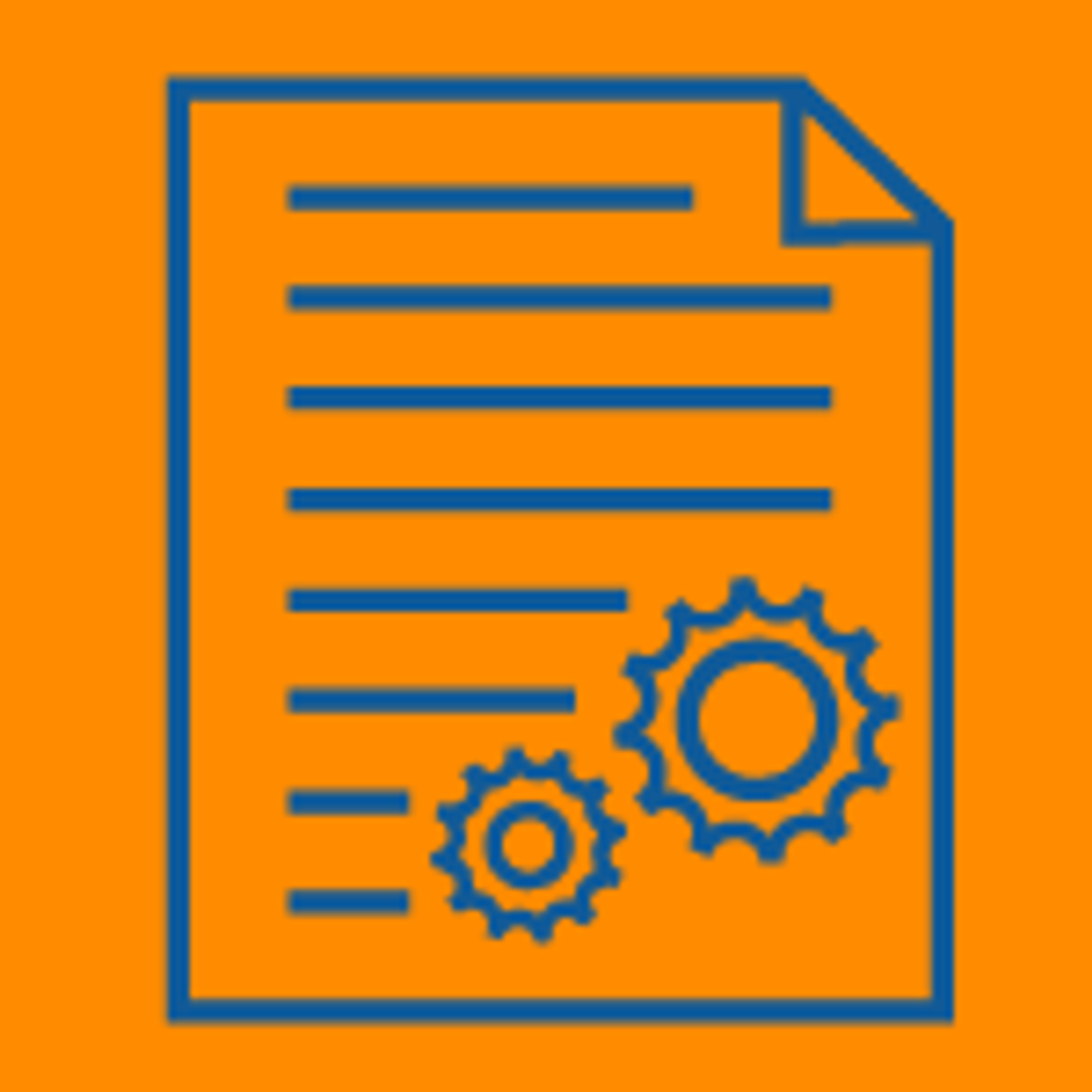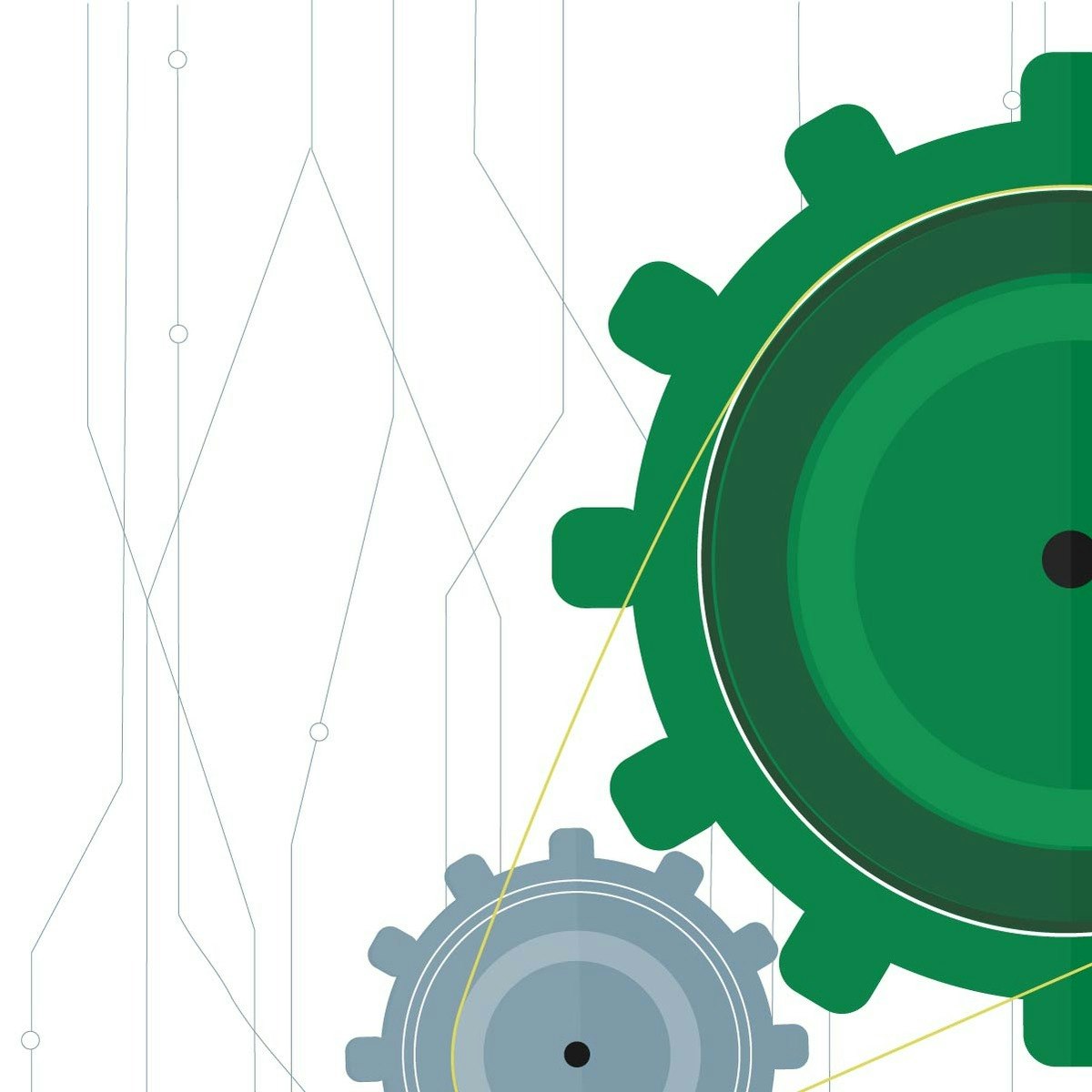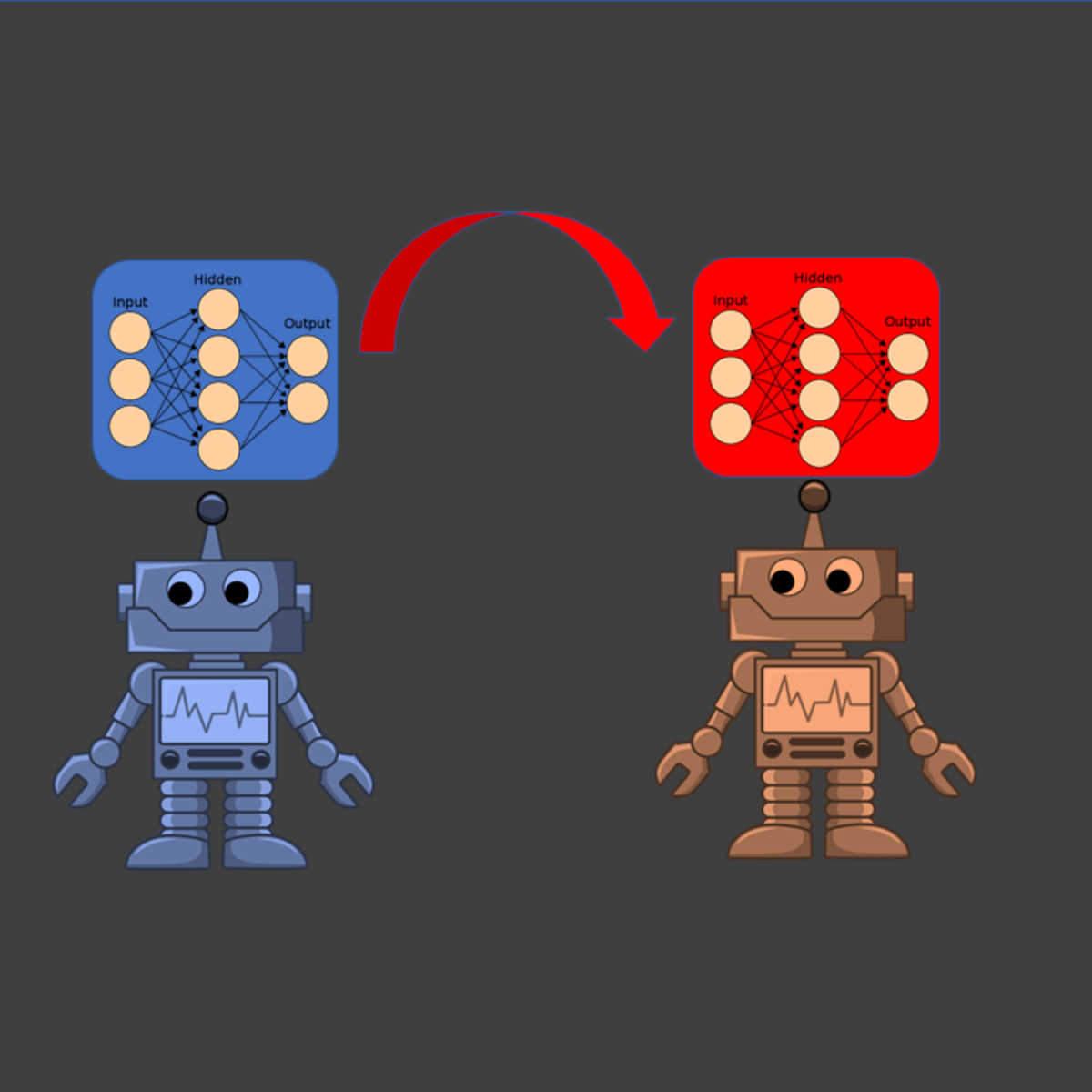Back to Courses









Computer Science Courses - Page 94
Showing results 931-940 of 2309

Drawing with the Pen Tool in Adobe Illustrator
After completing this project, you will be able to create any custom shape using the Pen Tool in Adobe Illustrator. First, you will learn how to navigate through Adobe Illustrator. Then you will learn how to add any picture or photo and how to add layers to your artboard before you will learn how to use the Pen Tool for straight lines. Additionally, you will learn how to use curved lines with the Pen Tool and to adjust your anchor points to make sure your drawing of your shape is as accurate as possible. You will also be able to add a fill as well as details to your custom shape.
The aim of this project is to familiarize you with the Pen Tool and its different options. By the end of this project, you will have created a custom shape using the Pen Tool with guidance and you will also be able to create one on your own.

Create a C# Application to process MongoDB Data
By the end of this project, you will create a C# application using MongoDB to access Employee data perform CRUD operations on the MongoDB database.
Many Applications use a MongoDB database on the backend, and nearly every programming language has a driver for it. Since MongoDB is a No-SQL database, it works quite well for storing C# objects. Conversely, reading MongoDB documents into C# objects is quite seamless, especially when compared to reading Relational database data into objects.
Note: This course works best for learners who are based in the North America region. We’re currently working on providing the same experience in other regions.

Java Object Basics: Functions, Recursion, and Objects
Code and run your first Java program in minutes without installing anything!
This course is designed for learners with limited coding experience, providing a solid foundation of not just Java, but core Computer Science topics that can be transferred to other languages. The modules in this course cover functions, recursion, objects, and mutability. Completion of the prior 2 courses in this specialization are recommended.
To allow for a truly hands-on, self-paced learning experience, this course is video-free. Assignments contain short explanations with images and runnable code examples with suggested edits to explore code examples further, building a deeper understanding by doing. You'll benefit from instant feedback from a variety of assessment items along the way, gently progressing from quick understanding checks (multiple choice, fill in the blank, and un-scrambling code blocks) to small, approachable coding exercises that take minutes instead of hours.
Shortest Paths Revisited, NP-Complete Problems and What To Do About Them
The primary topics in this part of the specialization are: shortest paths (Bellman-Ford, Floyd-Warshall, Johnson), NP-completeness and what it means for the algorithm designer, and strategies for coping with computationally intractable problems (analysis of heuristics, local search).

Install and use Matomo on Windows IIS server
Learn how to install and use Matomo, leading free open source web analytics software, on Windows IIS server for local testing or production

Explore Variables and Data Types in VB.NET
By the end of this project, you will have used Visual Studio to explore the use of variables and data types in a VB.NET desktop application. You will write VB.NET code to create and populate variables using a variety of data types. Because most programs process data, working with variables and data types are fundamental skills required in application development.
Note: This course works best for learners who are based in the North America region. We’re currently working on providing the same experience in other regions.

Story and Narrative Development for Video Games
In this course, you will examine how storytelling acts as a vital mechanism for driving video gameplay forward. Looking at several historical and contemporary games, you will be asked to evaluate and interpret different story styles with the goal of identifying themes and procedures for your own game ideas. We'll examine traditional narrative story processes, such as three-act structure, and how they fit into game story flows and the strategic elements of gameplay. Ultimately, you will learn how to define character, setting, and structure to create a compelling game concept.

Fundamentals of Reinforcement Learning
Reinforcement Learning is a subfield of Machine Learning, but is also a general purpose formalism for automated decision-making and AI. This course introduces you to statistical learning techniques where an agent explicitly takes actions and interacts with the world. Understanding the importance and challenges of learning agents that make decisions is of vital importance today, with more and more companies interested in interactive agents and intelligent decision-making.
This course introduces you to the fundamentals of Reinforcement Learning. When you finish this course, you will:
- Formalize problems as Markov Decision Processes
- Understand basic exploration methods and the exploration/exploitation tradeoff
- Understand value functions, as a general-purpose tool for optimal decision-making
- Know how to implement dynamic programming as an efficient solution approach to an industrial control problem
This course teaches you the key concepts of Reinforcement Learning, underlying classic and modern algorithms in RL. After completing this course, you will be able to start using RL for real problems, where you have or can specify the MDP.
This is the first course of the Reinforcement Learning Specialization.

Programming Fundamentals
Programming is an increasingly important skill, whether you aspire to a career in software development, or in other fields. This course is the first in the specialization Introduction to Programming in C, but its lessons extend to any language you might want to learn. This is because programming is fundamentally about figuring out how to solve a class of problems and writing the algorithm, a clear set of steps to solve any problem in its class. This course will introduce you to a powerful problem-solving process—the Seven Steps—which you can use to solve any programming problem. In this course, you will learn how to develop an algorithm, then progress to reading code and understanding how programming concepts relate to algorithms.

Transfer Learning for Food Classification
In this hands-on project, we will train a deep learning model to predict the type of food and then fine tune the model to improve its performance. This project could be practically applied in food industry to detect the type and quality of food. In this 2-hours long project-based course, you will be able to:
- Understand the theory and intuition behind Convolutional Neural Networks (CNNs).
- Understand the theory and intuition behind transfer learning.
- Import Key libraries, dataset and visualize images.
- Perform data augmentation.
- Build a Deep Learning Model using Pre-Trained InceptionResnetV2.
- Compile and fit Deep Learning model to training data.
- Assess the performance of trained CNN and ensure its generalization using various KPIs.
